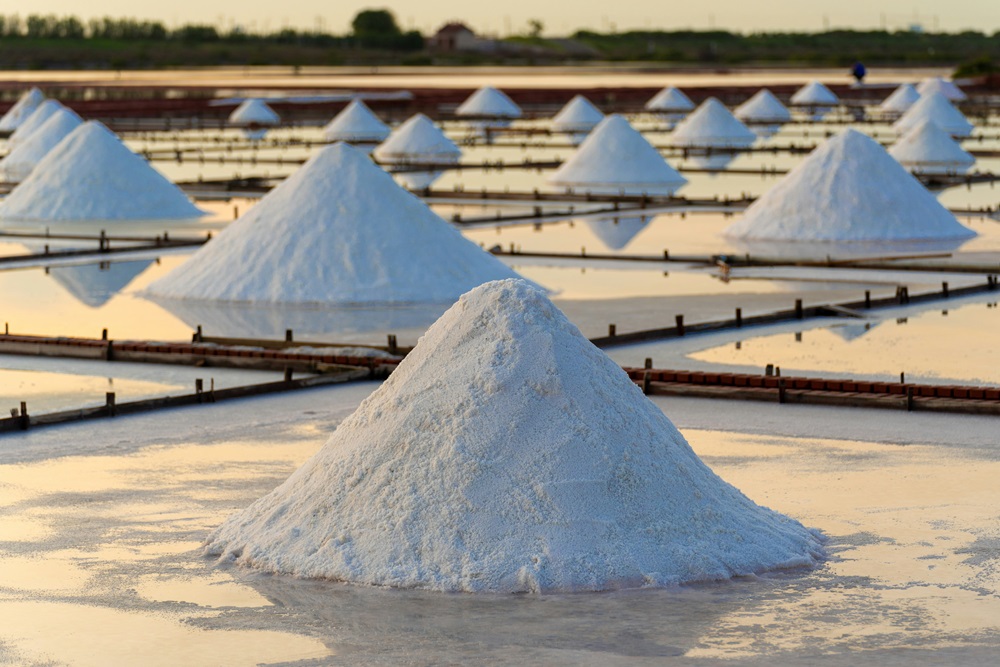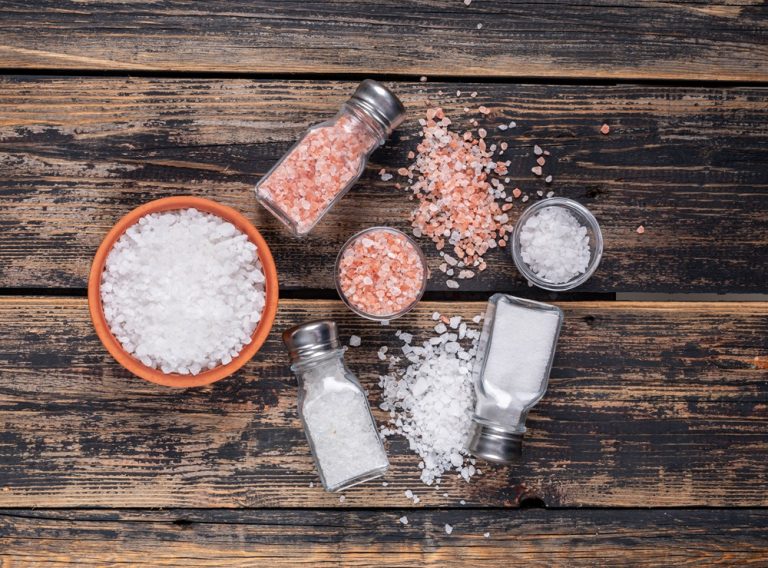Salt in dog food is a topic that has generated much discussion and controversy among pet lovers. Over time, various opinions and myths have circulated regarding the necessity, benefits, or risks of adding salt to a dog’s diet.
Dogs are beloved members of our families and we always want to offer them the best living conditions and care. In this context, the diet and food we give our dogs are important and often discussed topics. One of the issues that often generates controversy is the addition of salt to dog food.
There are many myths and conflicting information on this topic, and in this article, we will explore some of them to reveal the essential truths.
CONTENT:
- Myth 1: Dogs need salt for optimal health
- Myth 2: Salt is good for your dog’s hydration status
- Myth 3: Salt is harmless to dogs in small amounts
- Truth: Moderation of salt in dog food is key
- The 1% salt rule in dog food
Myth 1: Dogs need salt for optimal health
One of the widespread myths about salt in dog food claims that they need an extra dose of salt to maintain their health in optimal parameters. Despite this rise in popularity, veterinary experts warn that this idea is far from reality.
In nature, dogs, as well as other animals, obtain essential salt from their regular diet. Their natural food normally provides the appropriate amount of sodium, the main component of salt, necessary for the proper functioning of the body. Adding an extra amount of salt to their daily diet is not only unnecessary, but can even become dangerous to their overall health.
An excess of salt in the dog’s diet can have serious consequences. Among these are the increased risk of high blood pressure, which can affect the heart and blood vessels, and the development of kidney problems. These negative effects are more pronounced as the amount of added salt increases. It’s important to remember that dogs’ bodies have specific nutrient needs, and excess salt can disrupt their delicate balance.

Myth 2: Salt is good for your dog’s hydration status
Another common myth in the world of dog nutrition suggests that adding extra salt to your dog’s food could help with more effective hydration. Contrary to this assumption, experts point out that this approach can have adverse consequences and even lead to an imbalance in the state of hydration of our pets.
Dogs, like many other species, need a specific amount of water to maintain their health and normal body functions. Water is essential for metabolic processes, thermoregulation and maintaining hydration in all tissues. Contrary to popular belief, excess salt not only does not increase hydration, it can actually cause dehydration.
When dogs consume high amounts of salt, their bodies react by retaining water, which can lead to an increase in fluid volume in the body. Paradoxically, this accumulation of water does not contribute to the correct hydration of the dog, but can even disrupt the normal water balance.

Myth 3: Salt is harmless to dogs in small amounts
Another common misconception among dog lovers is that small amounts of salt added to dog food are harmless and can actually be beneficial. But in reality, even these modest amounts of excess salt can pose significant risks to the animal’s health.
Of course, most commercial dog foods are formulated to meet the nutritional requirements of pets, and the included salt levels are generally considered safe. However, adding extra salt to your home-made dog food can create an imbalance and affect your dog’s health.
Small amounts of excess salt can negatively impact a dog’s health in several ways. An excessive consumption of salt can contribute to an increase in blood pressure, with all the associated negative consequences, as well as to the impairment of kidney function. There may also be an impact on general well-being, including excessive thirst and changes in eating behaviour.

Truth: Moderation of salt in dog food is key
Ultimately, the key is to be aware of our dog’s specific nutritional needs and add or exclude items from their diet accordingly. In general, commercial dog food is formulated to meet all of your pet’s nutritional needs. Consider adding salt in moderation, but consult your vet before making significant dietary changes for your dog.

The 1% salt rule in dog food
No universally accepted “1% salt rule in dog food” exists regarding the specific salt percentage in dog food. Each dog’s nutritional needs vary based on age, weight, activity level, and health.
However, it is important to note that excess salt can have negative consequences on the dog’s health. Too much salt can cause hypertension, kidney damage, and other conditions linked to excess sodium.
Most commercial dog foods are formulated to provide adequate levels of nutrients, including salt, to meet a dog’s daily needs. Consult your vet for personalized advice on your homemade dog’s food nutritional composition, including salt levels.

